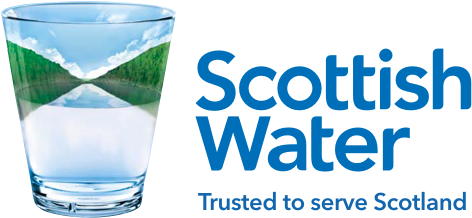Water Usage Calculator
Step 1 of 5
- 1 General
- 2 Bathroom
- 3 Kitchen
- 4 Outside
- 5 Results
Your location helps us personalise the site for you - showing you what’s happening in your area
Enter your postcode to track the status of supply in your area, see local news quickly and more...
